Joey Holmes is the beloved matriarch of Grantham and will be celebrating her 90th birthday on February 27th. I'm encouraging everyone who reads this to send Joey a birthday card. She is living with her daughter Cindy Dyer at 141 Miller Pond Road in Grantham.
I interviewed Joey during the pandemic summer of 2020 and the following was posted on August 21, 2020:
This is about a well loved local legend who has a unique history with our small town of Grantham. Her name is Joey Dunbar Holmes and here's her story:
In 1900, Joey’s great uncle Lorenzo donated money for a library in memory of his wife Ellen. The library was named The Dunbar Free Library. Eighty years later when Linda Moore was the librarian, Joey would check out books for patrons while Linda ran the story hour. Her volunteer work led to Joey’s being hired as an assistant librarian where she worked for forty years before retiring as Assistant Director of Inter-Library Loans.
Joey grew up in a house next to the library where the parking lot sits today. After her mother passed away, the home was sold and eventually acquired by the library. A much needed addition to the library was planned in 2009 which would mean that the homestead would have to go. The original plan called for clear cutting the lot with demolition of the house, barn, and outbuildings, and all the shrubs and trees.
Enter a Knight in Shining Armor--Andy Gelston. Andy is Joey’s fellow library staffer who “didn’t want Joey, the town matriarch, to have to witness her childhood home being smashed with an excavator and hauled off in dumpsters.” Rather than tearing them down, it took Andy and another local hero Otis TenHaken three months to dismantled the buildings. All the reusable wood was sold with the proceeds going to insurance (in case Andy or Otis fell off the roof) and to the library’s construction fund. Many people took advantage of the wood sale. Joey enjoyed speaking with the people who came in to the library to pay for their materials. To be honest, there were a few midnight requisitions. (I hope those thieves got splinters.)
I like to think of the wood from Joey’s well loved home being embedded in rooms and sheds all around town. Grantham Garden Club member Janie Clark wrote “We too are enjoying part of it..... The huge rocks in the rock garden here are from the foundation of Joey's house. Matt Gallien moved them from the cellar hole to our garden."
The original clear cutting plan also included destroying the flowering crab apple tree that Joey had planted for her mother as a tiny sapling on Mother's Day in 1957. Despite his not being a restoration expert, Andy changed the plans to save the tree. The tree that sits in the island outside the library to this day and is pictured below.
Like many of the gardener club gardeners’ homes I have visited, there are keepsakes and transplants to remind them of their earlier lives. When I interviewed Joey at her home off Rte. 10, she pointed out the granite slab entrance to her house that once was the entrance to her old home next to the library. Growing outside her window are the roses that bloomed outside her mother’s. Her favorite tree flourishes by the town library for her, and for all of us, to enjoy.
Thank you, Joey, for all you have done for the library and the town!
I interviewed Joey during the pandemic summer of 2020 and the following was posted on August 21, 2020:
This is about a well loved local legend who has a unique history with our small town of Grantham. Her name is Joey Dunbar Holmes and here's her story:
In 1900, Joey’s great uncle Lorenzo donated money for a library in memory of his wife Ellen. The library was named The Dunbar Free Library. Eighty years later when Linda Moore was the librarian, Joey would check out books for patrons while Linda ran the story hour. Her volunteer work led to Joey’s being hired as an assistant librarian where she worked for forty years before retiring as Assistant Director of Inter-Library Loans.
Joey grew up in a house next to the library where the parking lot sits today. After her mother passed away, the home was sold and eventually acquired by the library. A much needed addition to the library was planned in 2009 which would mean that the homestead would have to go. The original plan called for clear cutting the lot with demolition of the house, barn, and outbuildings, and all the shrubs and trees.
Enter a Knight in Shining Armor--Andy Gelston. Andy is Joey’s fellow library staffer who “didn’t want Joey, the town matriarch, to have to witness her childhood home being smashed with an excavator and hauled off in dumpsters.” Rather than tearing them down, it took Andy and another local hero Otis TenHaken three months to dismantled the buildings. All the reusable wood was sold with the proceeds going to insurance (in case Andy or Otis fell off the roof) and to the library’s construction fund. Many people took advantage of the wood sale. Joey enjoyed speaking with the people who came in to the library to pay for their materials. To be honest, there were a few midnight requisitions. (I hope those thieves got splinters.)
I like to think of the wood from Joey’s well loved home being embedded in rooms and sheds all around town. Grantham Garden Club member Janie Clark wrote “We too are enjoying part of it..... The huge rocks in the rock garden here are from the foundation of Joey's house. Matt Gallien moved them from the cellar hole to our garden."
The original clear cutting plan also included destroying the flowering crab apple tree that Joey had planted for her mother as a tiny sapling on Mother's Day in 1957. Despite his not being a restoration expert, Andy changed the plans to save the tree. The tree that sits in the island outside the library to this day and is pictured below.
Like many of the gardener club gardeners’ homes I have visited, there are keepsakes and transplants to remind them of their earlier lives. When I interviewed Joey at her home off Rte. 10, she pointed out the granite slab entrance to her house that once was the entrance to her old home next to the library. Growing outside her window are the roses that bloomed outside her mother’s. Her favorite tree flourishes by the town library for her, and for all of us, to enjoy.
Thank you, Joey, for all you have done for the library and the town!
Photograph of the crab apple tree in all its Spring glory was taken by Sir Andy Gelston.
Janie Clark's garden with her rock garden on the right.


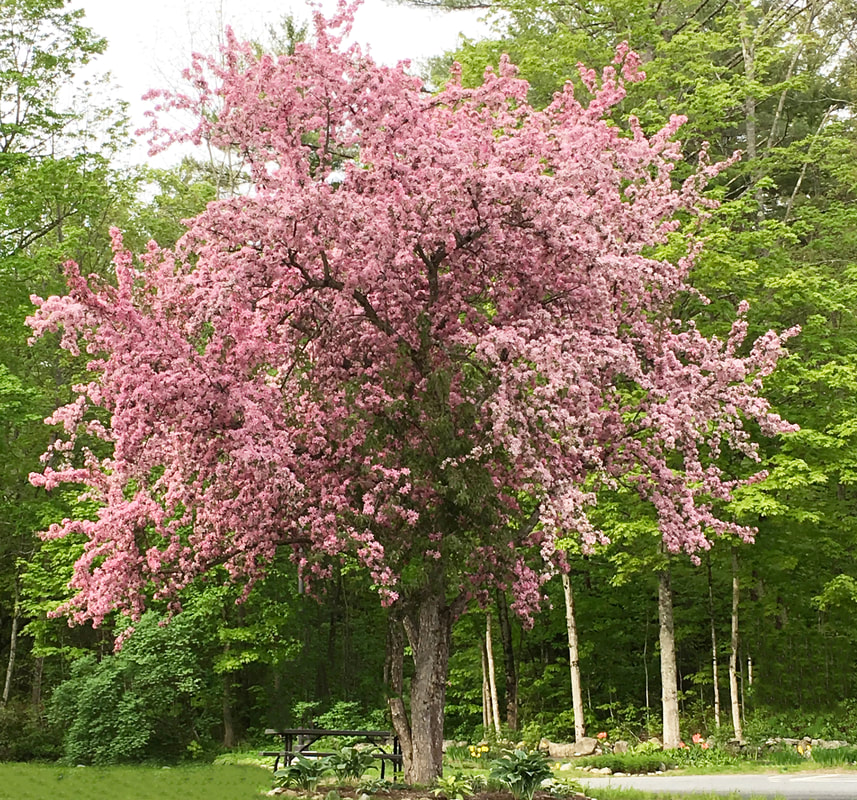









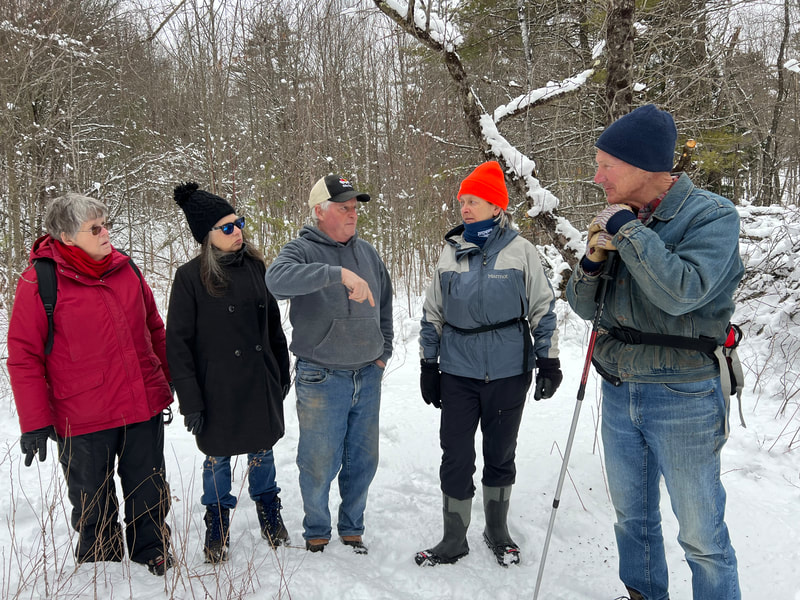











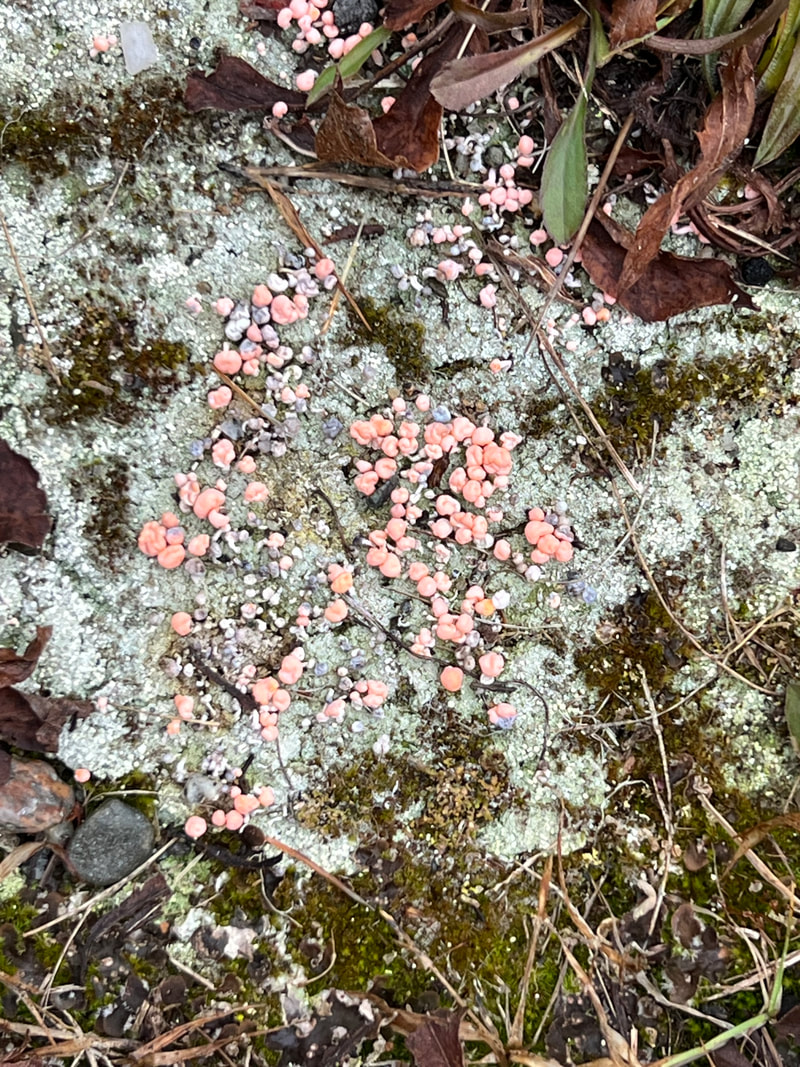




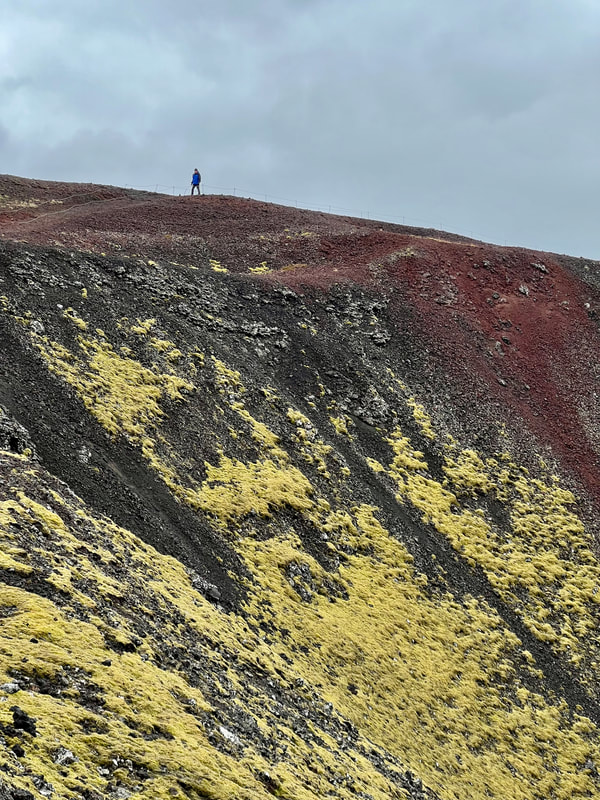


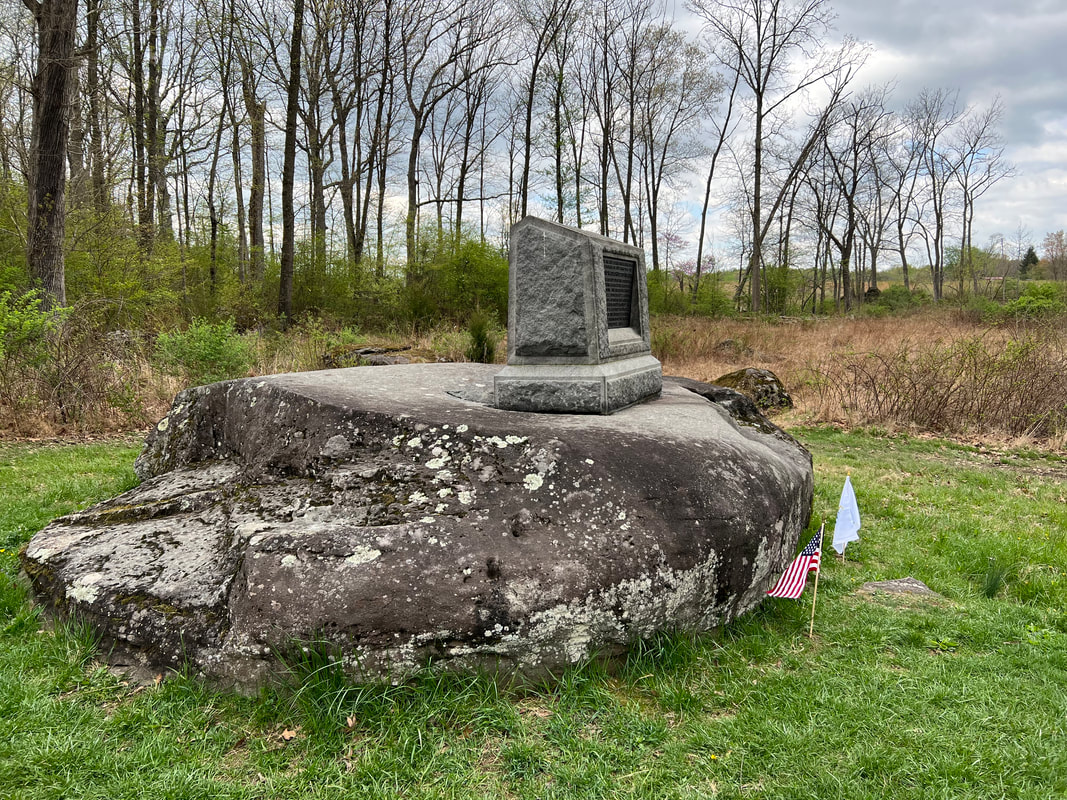











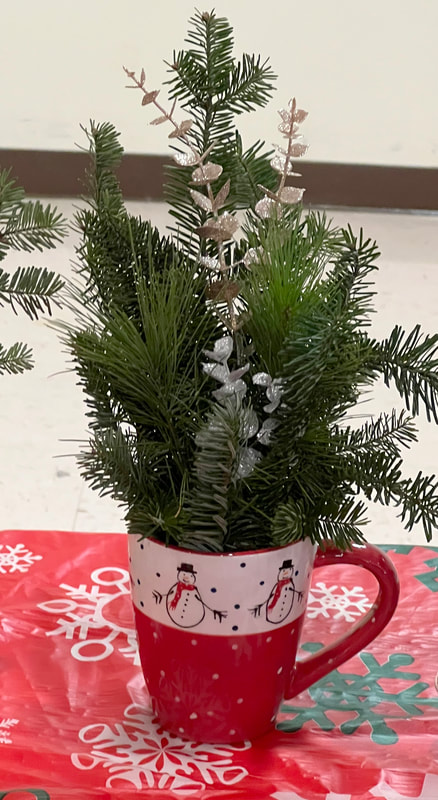













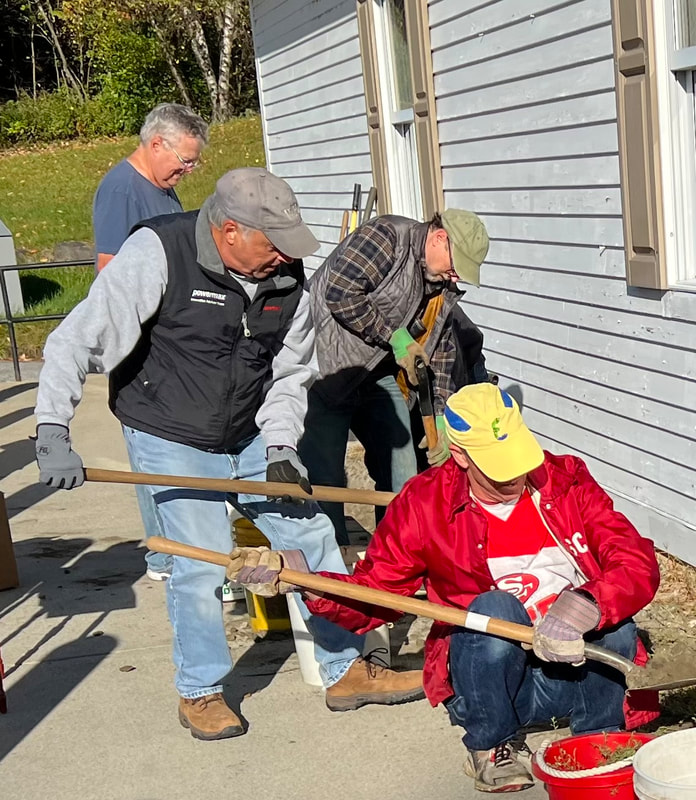





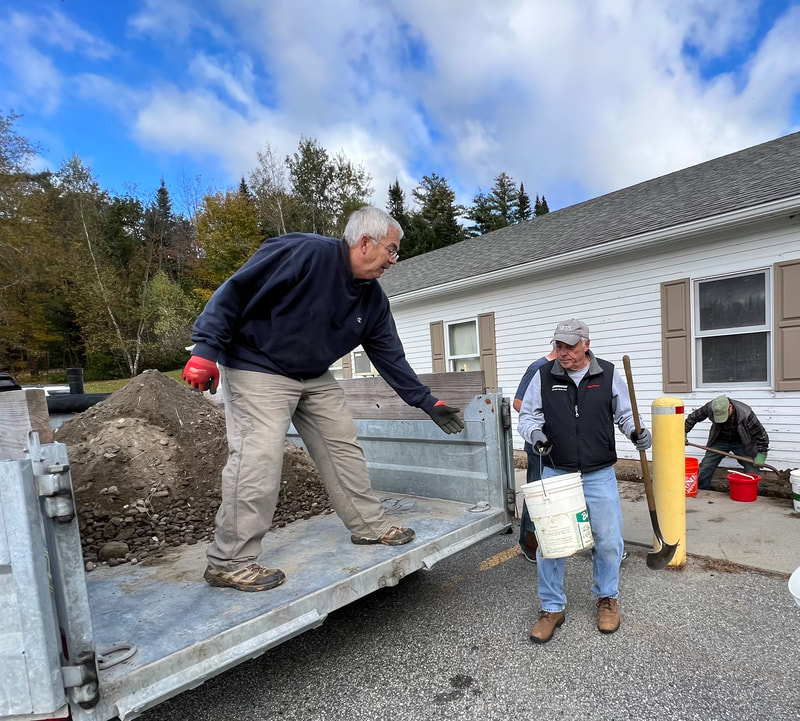

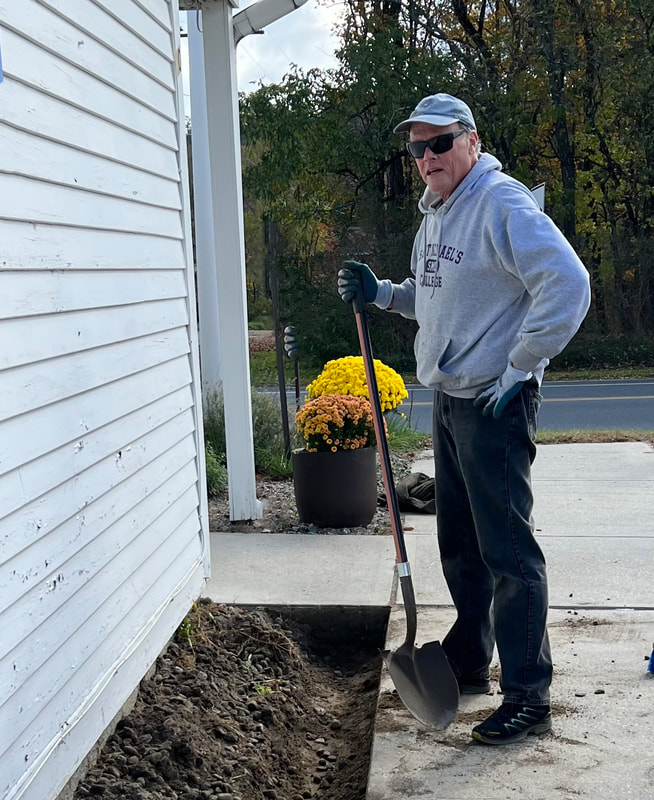











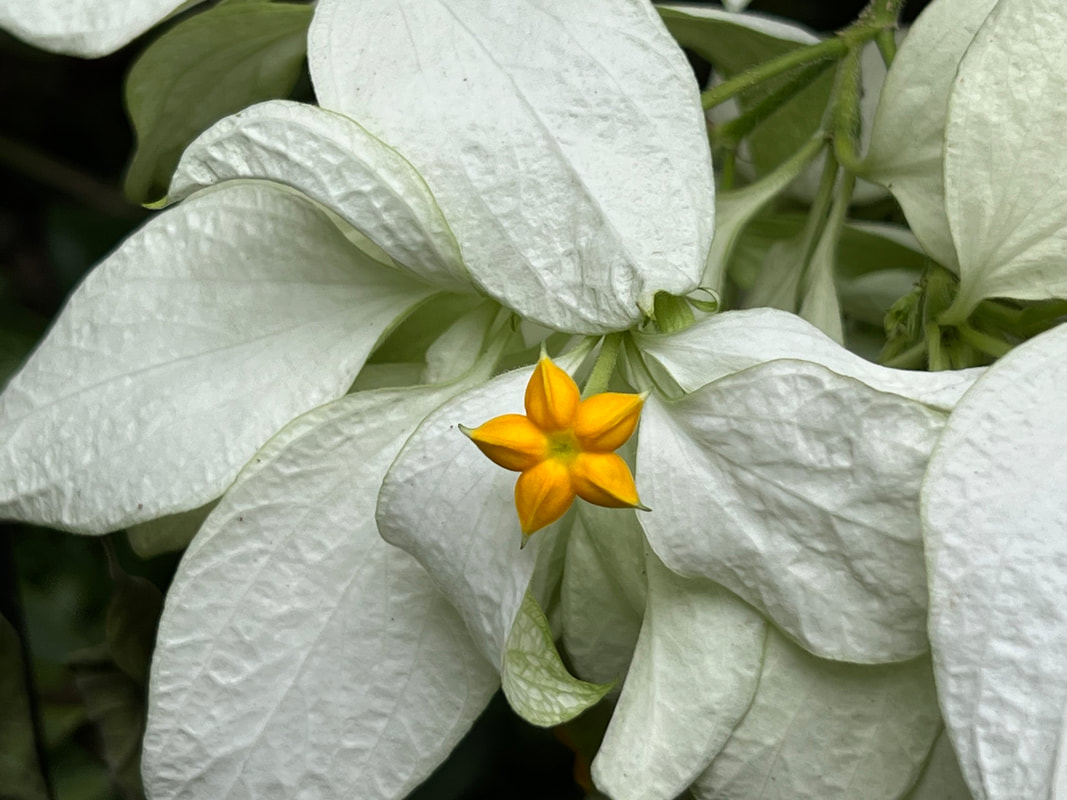






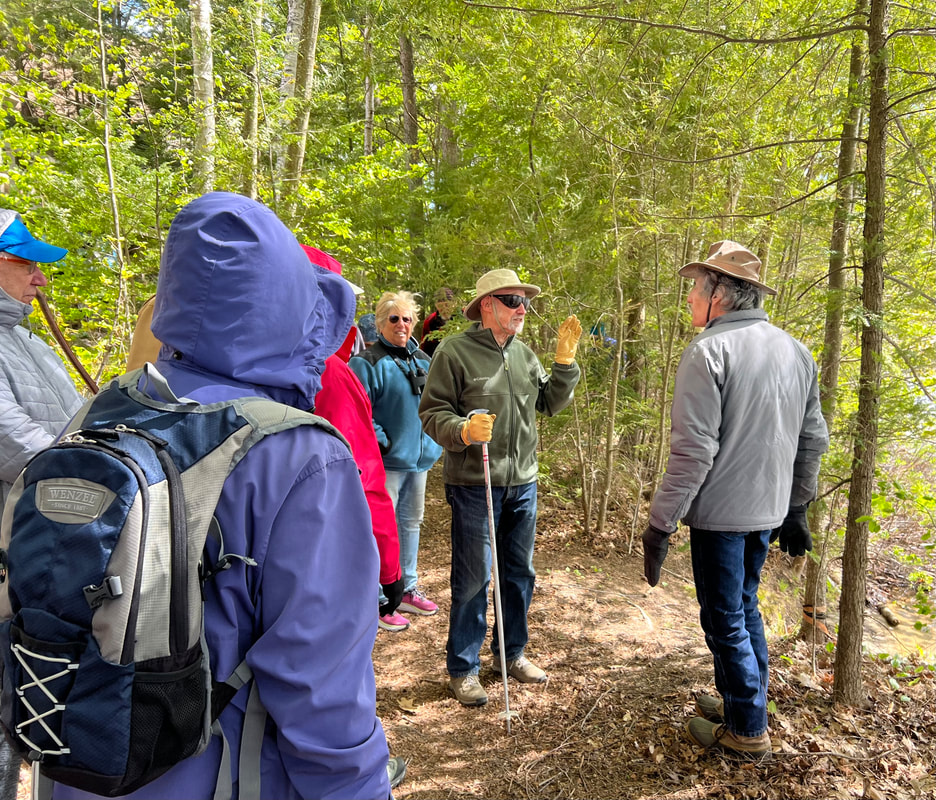
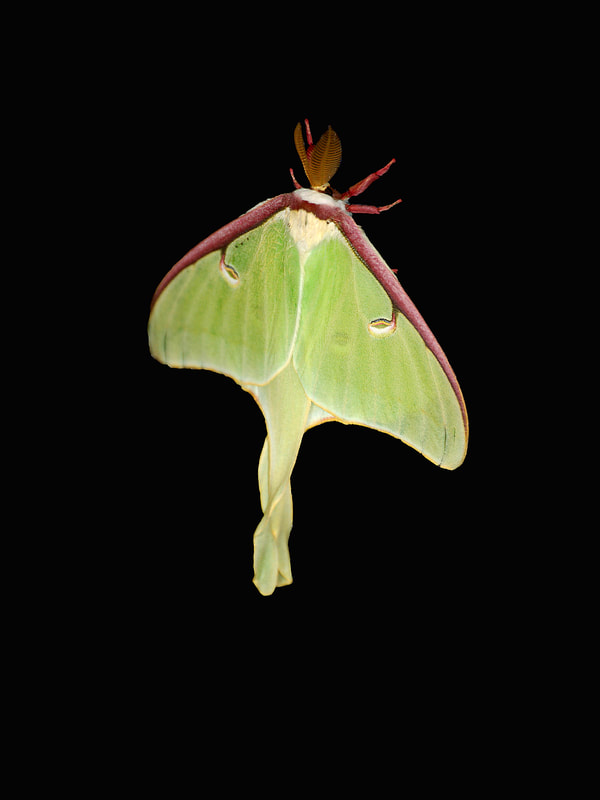




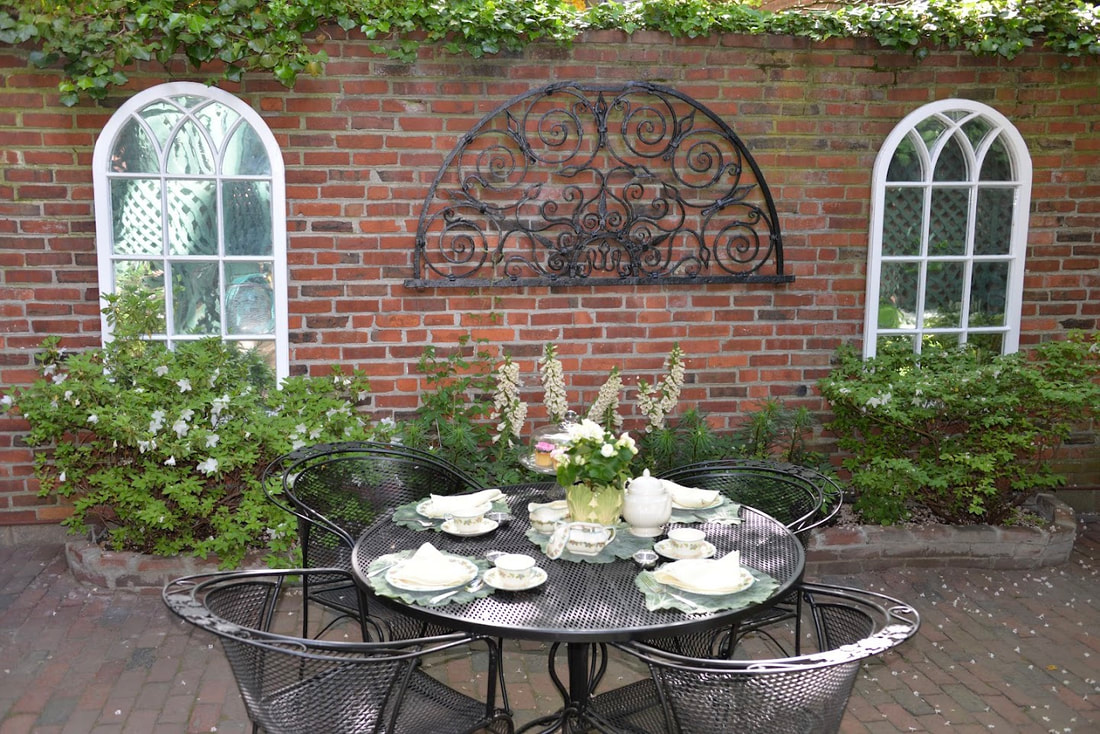
 RSS Feed
RSS Feed